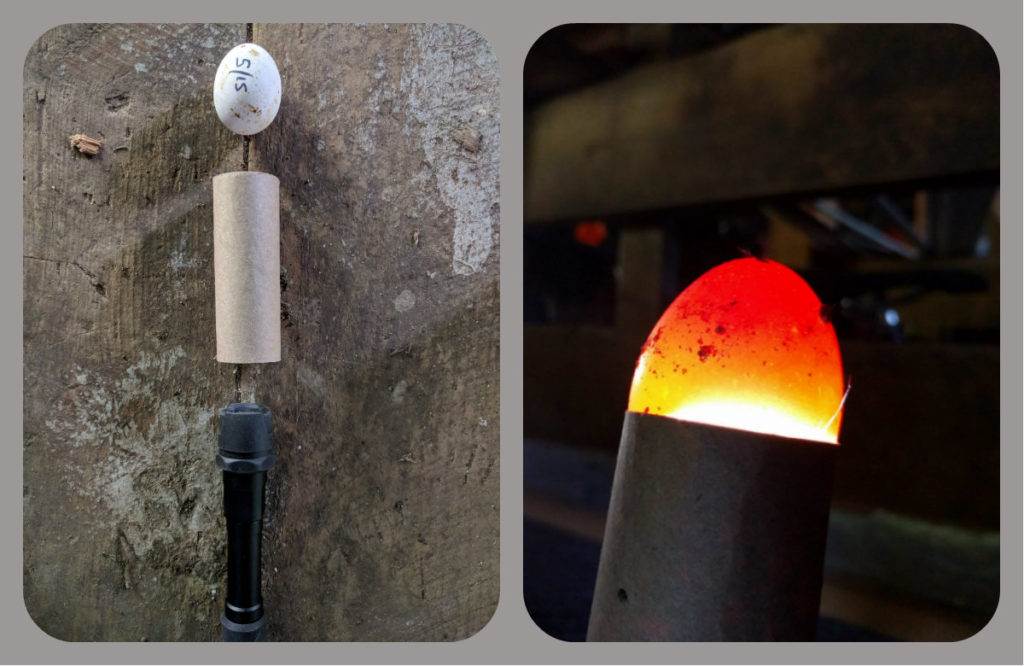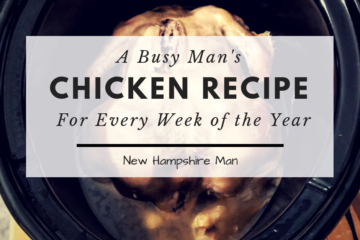Chickens can be the model for sustainability on the backyard farm and homestead. In addition to providing food and labor, they can make more chickens.
Using chickens to make chickens, once figured out, is far superior than incubating and hatching chicks. Not only will Mamma do all the work for you, she’ll do it better than you can. You just need to set her up with an environment that she’s comfortable to work in.
Full Disclosure: As of the time of this writing, I haven’t totally nailed hatching chicks with chickens yet.
It’s still a work in progress.
In the typical form of beginners luck, the first time we tried it, we got all 5 eggs to hatch at the same time under Squeaker, our broody Cochin Silkie.
The second time. Fail.
The third time, we were too late in her broody window. Fail.
So, as I continue to figure this out, I’ll update this post, and if you’re reading this and have a system in place that works consistently, or you see errors that I’m making, please reach out.
With that out of the way, let’s start at the beginning:
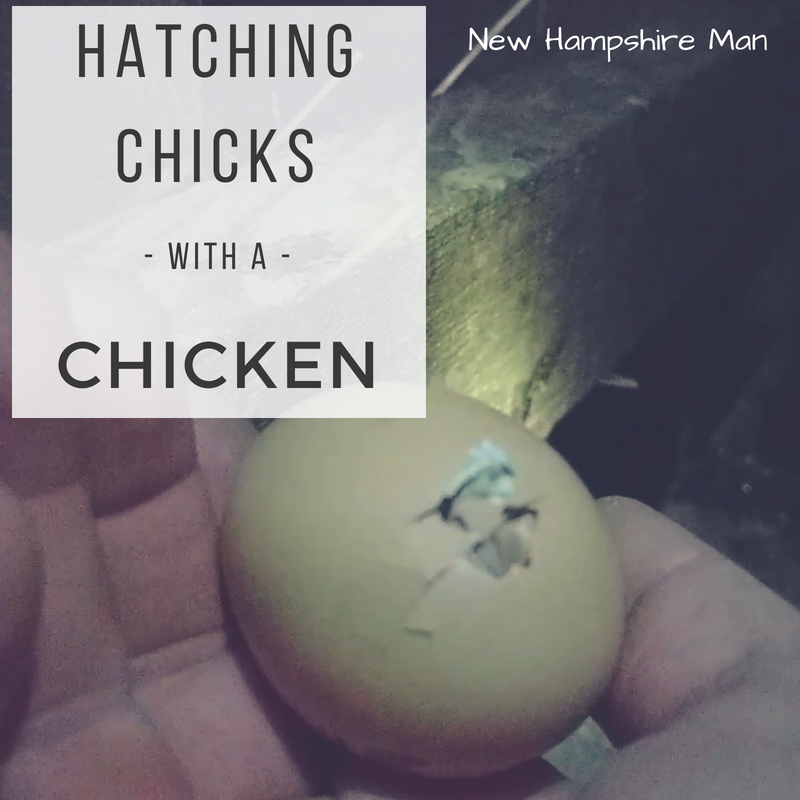
Why Hatch Chicks with a Chicken
Of the many great uses for chickens on the backyard home and farmstead, the fact that they will reproduce themselves is almost unbelievable.
When you nail down the system for reproducing chicks at home, not only will you never have to buy eggs again, you’ll never have to buy chicks again.
And more importantly! You’ll never have to brood chicks again.
Related: How to Brood Chicks
It’s important to have a sustainable flock because, after a few years, the laying hens slowly stop laying eggs. So in order to maintain healthy, high efficient, egg producing flock it will be necessary to introduce new hens.
Furthermore, it’s not uncommon to lose hens to disease and predators.
Here at NHM, we’re trying to develop a system so that whenever our broody hen goes broody we can hatch 5 chicks.
Bare in mind, too, that there is no way to control whether you get cockerals or pullets. The first time we did this we got 4 roosters and 1 hen. Our preference is to hatch hens, but once those roosters matured we culled them for the meat. Still not a bad deal.
Oh! And that meat is crazy good. More on that another day.
You’ll Need a Broody Hen
A broody hen is one that will sit on eggs for the required 21 days to keep them warm enough to hatch.
The broodiness is a feature that has been bred out of most hens over time, which is good for egg production, but bad for natural hatching at home. While a chicken is broody she will not lay eggs.
Most hatcheries will include the term ‘Good Setters’ in the description, and maybe be so bold to include ‘…tremendous setters of all types of eggs’. I pulled that from Murray McMurray’s description of Silkie Bantams, which is the only setter in our flock. Her name is Squeaker.
The first time you notice a hen that’s gone broody, you may freak out. She’ll stay in a nesting box and make a funny sound when you reach in there, or try to peck you. The first time one of my hens went broody I freaked, and only found out what was going on after searching ‘hen won’t leave nesting box’ and found myself in a very sympathetic forum on Backyard Chickens. Sympathetic for asking such a silly question.
You’ll Need A Place for Her To Set
This is the part where my own process has the most room for improvement.
The first time we hatched chicks right in a nesting box in the coop. Once the chicks hatched we gave Squeaker a cardboard box on the floor of the coop. It worked great! I thought we had it all figured out.
The second time we tried, many of the other laying hens shared time with Squeaker in her laying box and ended up breaking several of the eggs we were trying to hatch, and none of them made it to full term.
Next, we tried to hatch eggs in a stall in the barn. Squeaker’s own little spot to sit on her eggs. My concern is that the environment was so different, she got anxious, and not really focused on hatching these eggs.
To determine whether or not the eggs were growing I reached out to my community for a candler and someone recommended an easy way to build one at home. The picture on the left is a sweet flashlight and a toilet paper tube, and the picture on the right is candling an egg.
In this case it seemed that there was nothing going on inside on any of the eggs, so I aborted the hatching.
I think it’s this uncertainty, coupled with the constricted number of eggs that can be hatched at one time, that drives people to hatch in an incubator instead.
What To Do When She Goes Broody
You need to have a rooster(s) in your flock for your eggs to be fertilized. One rooster can service 15 hens, give or take. As long as you have a rooster, you can assume all your eggs are fertilized.
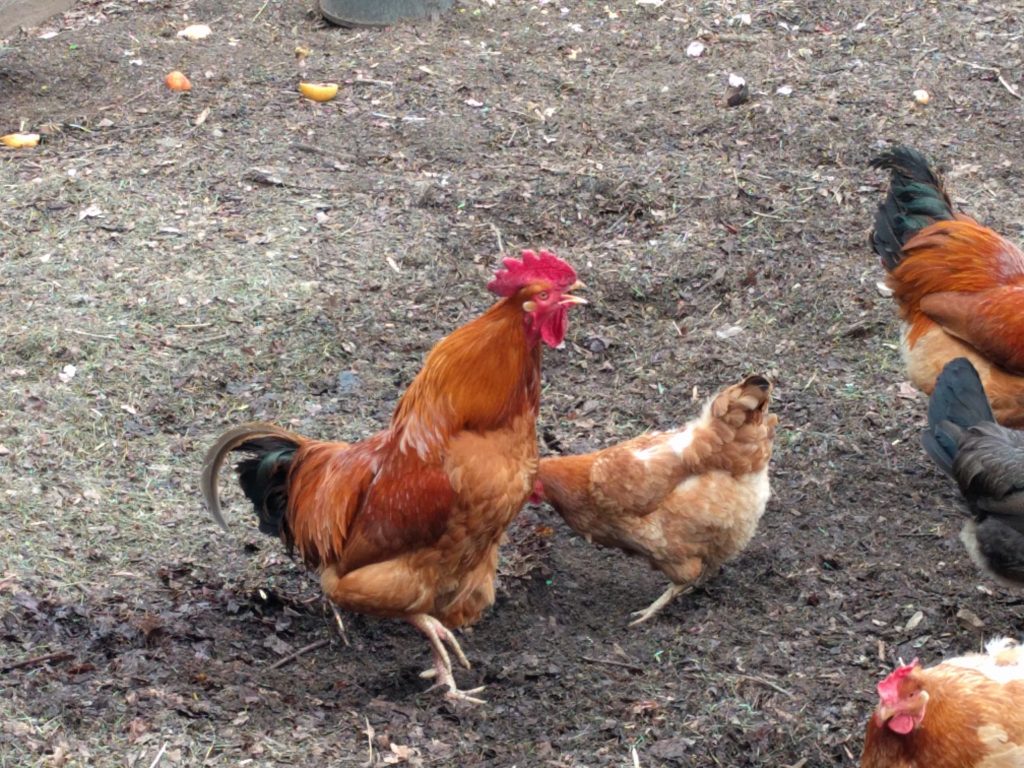
Don’t buy the hype though, there are lots of good reasons to have a rooster (or more) in your backyard flock.
When you have a hen go broody, all you need to do is move her, if necessary, and gather an appropriate number of eggs to leave under her.
And THAT’s what I love about hatching with chickens, it’s beyond simple. But, here are some tips:
- Mark your eggs with a sharpie. I write the date that I left the egg under the hen on the egg in permanent marker.
- Pick a number of eggs your hen can handle. Hard to know exactly what this number is, but for reference, I leave up to 6 under my bantam and have heard of up to 15 under a standard breed hen.
- Check her and the eggs frequently so you can notice an abnormality when it occurs.
- Get a little chick feed ready just in case it works out.
Wait 21 Days
The first time this worked for us I was surprised at how they all emerged on the night of the 21st day. I remember hearing the chicks squeak inside the eggs and getting my daughter out of bed to take her out to the coop. It was that cool. The next morning there were 5 little chicks chirping around in there.
Having brooded many chicks in my past, this is what I love most about hatching chicks with a mamma.
She. Does. All. The. Work.
Squeaker, a low girl in the pecking order, turned all boss when the other hens or roos tried messing with the chicks. Then, as they grew up, she when right back to her spot in the order.
Fascinating to observe.
I gave the chicks their own waterer and feed in a trough style feeder but didn’t dedicate any attention to keeping them, or their food, segregated from the flock.
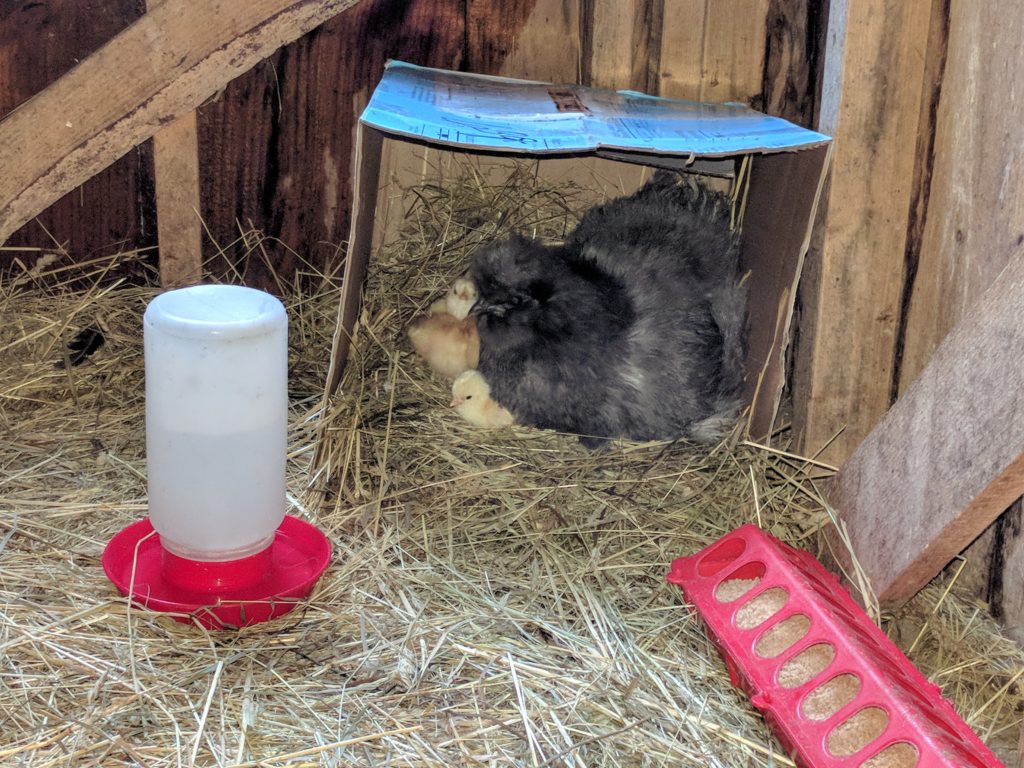
Squeaker with her chicks shortly after hatching. Mamma knows best. She does all the work from keeping them warm, to making sure they eat, while protecting them from any ill willed members of the flock. So much easier than brooding without a mamma.
Developing the Model
I really like the concept of keeping my setting hen in the coop with the rest of the flock. I need to figure out how to give her that while keeping the other hens from interrupting the process.
If worst comes to worst, and I’m struggling to keep my egg production up, I’ll consider incubating eggs, or buying more chicks. Then I have to brood chicks again, and introduce them to the flock and do all the other work that comes along with brooding chicks. When really, mamma knows best.
As I figure this out I’ll post updates, but I hope this snapshot into the process is helpful.
Like, subscribe, comment, and please keep in touch.
-Matt
